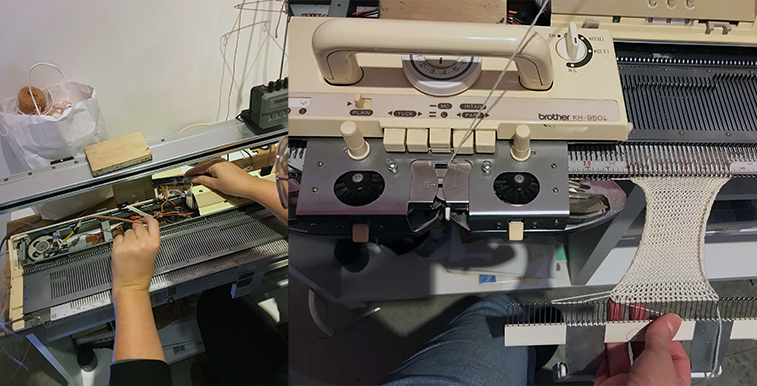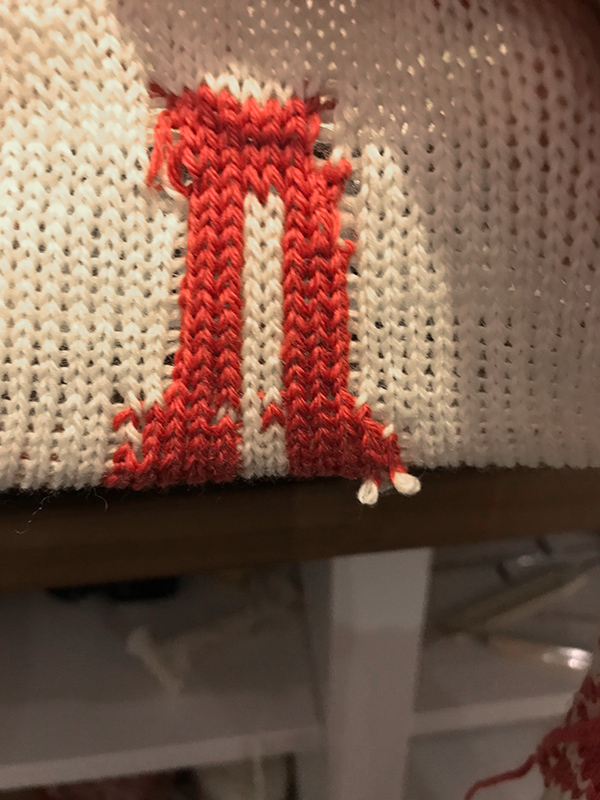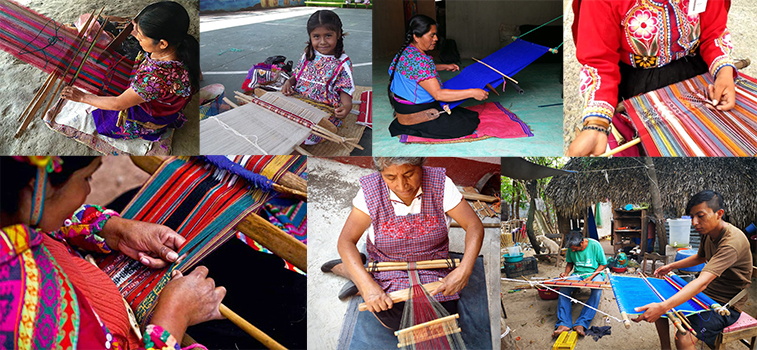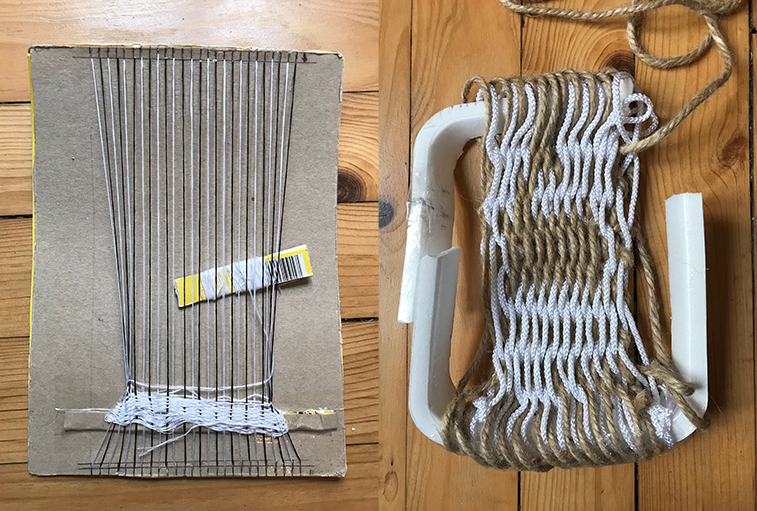10. Open Source Hardware - From Fibers to Fabric¶
WEEK 10:
This week we learned about the origin of textiles and fibers. We should build a machine, which in my case I was very interested in the idea of making a loom. A year ago, in the middle of the confinement of the covid I had tried with very little resources to make one.
Research¶
A loom is a device used to weave textiles. The basic purpose of any loom is to hold the warp threads under tension to facilitate the interweaving of the weft threads. The precise shape of the loom and its mechanics may vary, but the basic function is the same.
It can be handmade or industrial. Handlooms are classified into three main families: frames, vertical and horizontal. Industrial looms are classified according to the type of fabric they produce: there are flat, circular and textile looms.
The Jacquard loom is a mechanical loom, invented by Joseph Marie Jacquard in 1801, which simplifies the process of manufacturing textiles with complex patterns such as brocade, damask and matelasse. The loom is controlled by punched cards with punched holes, each row of which corresponds to one row of the design.
In the workshop we have learned how to use electric and mechanical looms.



1 Step.
Tests¶
I made two manual tests, with two colors of yarn, manually moving the needles position.
In this example, there was always a pass of white, so the pattern and the fabric were stable.

In this second attempt, I tried a larger figure with only one color and because the union between the two was too long, the fabric was deformed. Not recommended.

Backstrap Loom¶
I am particularly interested in the loom known in Mesoamerica as the Backstrap Loom. The back strap loom is a simple loom that has its roots in ancient civilizations. The Andes Textiles, still made today with the back strap loom, originated thousands of years ago with the same back strap loom process. It consists of two sticks or bars between which the warps are stretched. One bar is attached to a fixed object and the other to the weaver, usually by means of a strap around the back. The weaver leans back and uses her body weight to tension the loom.


First personal attempts of looms, during quarantine in 2020.¶
Attempt 1 and 2¶

Attempt 3¶
Trying to convert 2 second hand garments in a Mapuche loom. Where the weft is selecting the warp that will be visible. Trying to weave the word NO

Results¶
I could not go to the workshop that week, for personal reasons, and then for the Covid. I would have liked to participate in the Lyon team that made a spectacular loom. To see the result, go to this link:
